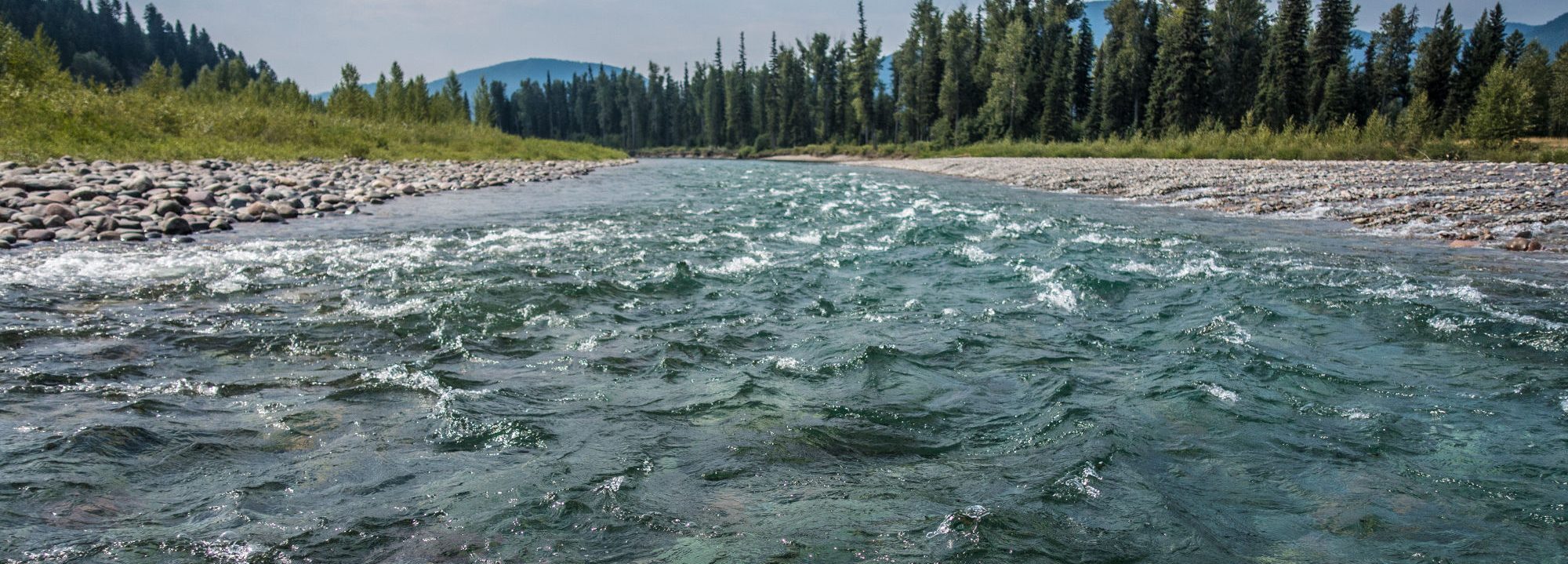Reduction of animal testing in turbine passages through the use of robotic fish, flow simulations and predictive models.
Reduction of animal testing in turbine passages using a robotic fish, flow simulations and predictive models.
The aim of the project is to reduce experiments with live fish to evaluate the damage to fish during the passage of pumps, turbines and other downstream corridors at power plants. The final goal is to replace them completely in the long term with a toolbox of experimental and numerical methods.
Hydropower as the oldest renewable energy source and globally covers about 17% of electricity production. According to estimates by the International Renewable Energy Agency (IRENA) from 2020, the installed capacity of hydropower will grow by 60% worldwide by 2050 to enable the energy transition.
Due to historical development, there are already a high number of sites with run-of-river power plants, which at the same time interrupt fish migration corridors. In Germany, this amounts to around 8000 power plants. In addition, there are almost 200,000 other hydraulic structures, so that on average every 2 km a barrier blocks the river. When developing new technologies that protect fish and demonstrating compliance with maximum damage rates required by the authorities at sites with hydropower plants, animal experiments with live fish, mostly from wild-caught fish, have been the practice up to now. These studies are necessary for the preservation of biodiversity but are ethically burdensome due to the animal experiments and in the current form also methodologically questionable, since repeatability is not always given and the sample sizes for animal welfare are very small.[more]
A project funded by the Federal Ministry of Education and Research (BMBF), project number 031L0152A - D / 16LW019 ("'Alternative methods to animal testing ") with start March 2019 until March 2024.






